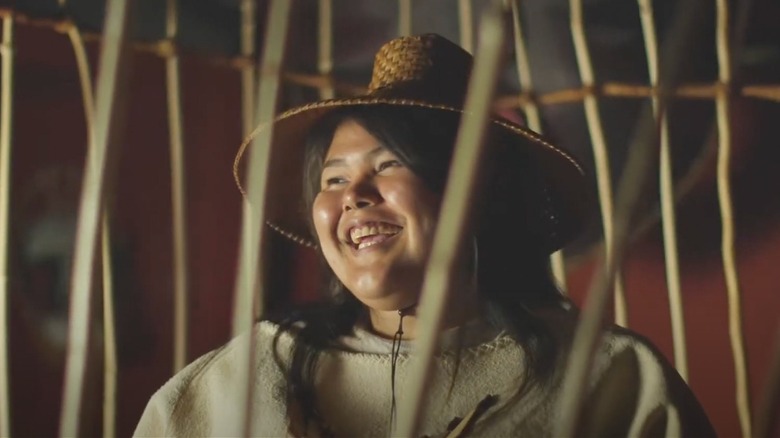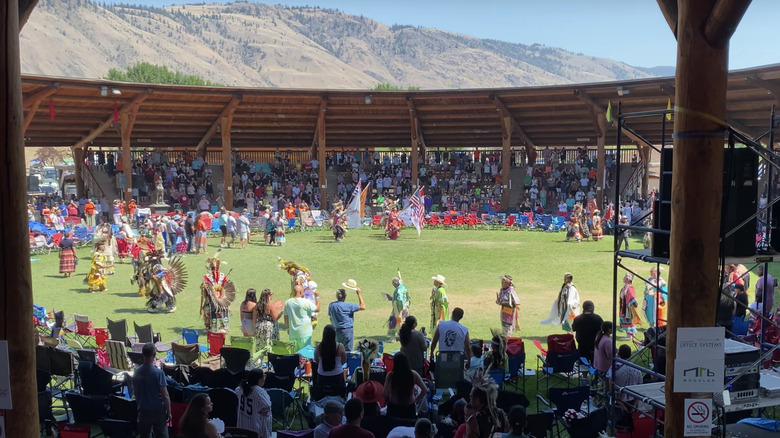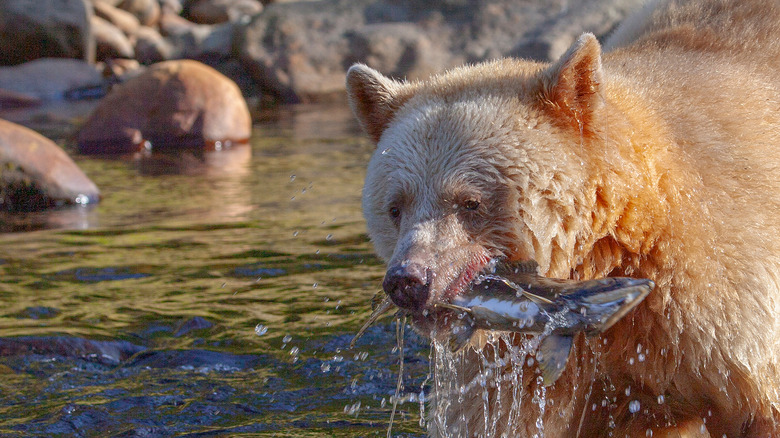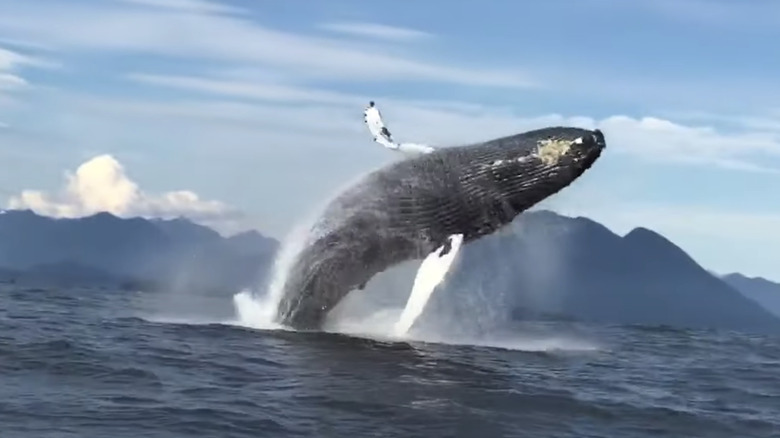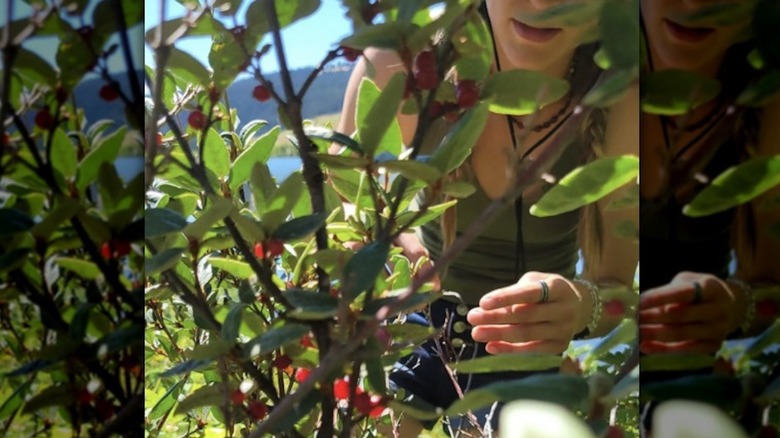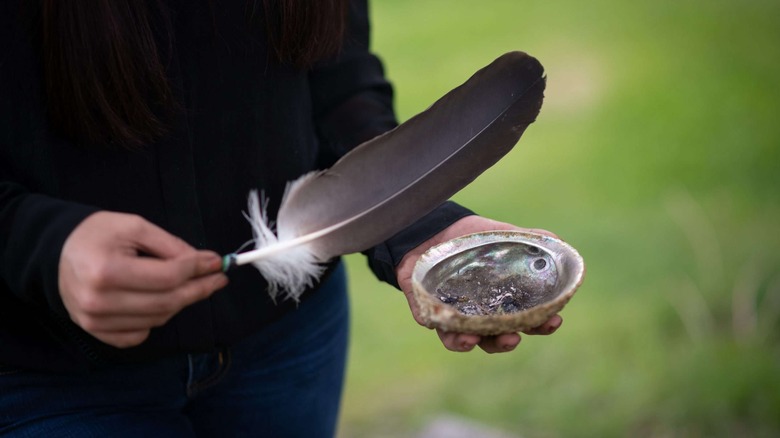Best Indigenous Tourism Experiences In British Columbia
British Columbia is home to about 200,000 First Nations, Métis, and Inuit people. And, with only about 140 miles between Seattle and Vancouver — that's just a 2 hour and 40 minute drive, if you're on a road trip — there's no better place to start your journey to learn more about Canada's Indigenous people who have lived in these parts for more than 10,000 years.
Forming 203 Indigenous communities with their own language, history, and traditions, British Columbia's Indigenous population represents the most diverse Indigenous societies in the country. So, there's lots to learn. And, with the new kind of tourism that's gripping the nation — we're talking about Indigenous-led tourism — you're bound to leave with more immersive and insightful experiences. There are plenty of thoughtfully planned and curated activities that will help you learn about Canada's native people, connect with nature better, and gain a fresh perspective on things. Among all these, we've picked out some of the best options.
Party in a powwow
Experience what it's like to join a powwow, which is a big celebration where native people from different tribes gather to sing and dance, eat, and exchange crafts. It's also an occasion to reconnect with old friends and make new ones. But, most of all, it's a time to showcase traditions, passing them down to the next generation along with the respect and honor they deserve.
One of the biggest of such annual gatherings is the Kamloopa Powwow held in Kamloops. The powwow grounds is Tk'emlúps te Secwe̓pemc Powwow Arbour, where more than 20,000 people gather for the August celebration. You'll be enchanted by the captivating stories, songs, and dances performed by the Secwepemc people in their traditional regalia. In addition to Indigenous food, a farmers' and artisan market will also display various goods and wares from the local community.
While you're here, consider joining a canoe journey down South Thompson River with the Indigenous-owned outfitter Moccasin Trails. The tour starts with a tobacco feeding ceremony before your Indigenous guide lulls you into a peaceful rhythm of paddling, songs, and stories as you view historical sites and learn the history of the Shuswap people.
Track spirit bears
Bears, in general, are important to Indigenous communities, but spirit bears are even more so. Spirit bears are black bears whose coat appears white because of a recessive gene that results in discoloration. These animals, with whom British Columbia's native people have historically shared the Great Bear Rainforest, are the stuff of legends and folklore.
The moskgm'ol (meaning "white bear"), as the First Nations call it, is sacred and rare, with estimates pegged at 400 in the entire province. Spirit bears are considered to be one of the rarest bears on the planet, so it's very special when you come across one during your visit. Several operators offer spirit bear viewing tours, but foremost among them is Spirit Bear Lodge in Klemtu on Swindle Island. Owned and operated by the Kitasoo Xai'xais People, the lodge offers wildlife viewing areas, but it's the all-inclusive experience you might want to go for to see spirit bears as well as black and grizzly bears.
Another good option is the Klahoose Wilderness Resort near Desolation Sound. Come in the spring, late summer, or fall to view black bears and grizzlies, but visit in the fall if it's the spirit bear you seek. Your Klahoose First Nation guide will lead you to an up-close encounter with the animal in and around Toba Inlet. You can also join Knight Inlet Lodge's interpretive tracking tour to learn how to find spirit bears.
Watch whales in the wild
The rich British Columbia waters hold plenty of whales, dolphins, seals, sea lions, porpoises, and otters. But, while the First Nations respect all animals, whales hold a special place in their hearts. In Clayoquot Sound, for instance, the Tla-o-qui-aht First Nation have always valued whales — first, as a source of food and then as a source of income. Today, you can watch whales from many places in British Columbia during their peak season ranging from March to November.
In the Tofino area, Clayoquot Wild offers whale-watching tours where you'll see glimpses of gray whales and perhaps if you're lucky, humpbacks and orcas too. The best time to visit is from March to October. You can also join its tour to visit sacred pools.
Meanwhile, Sea Wolf Adventures in Port Hardy is owned by a member of the Kwikwasut'inuxw Haxwa'mis people. Other whale-watching operators you can check out include Coastal Rainforest Safaris, whose whale-watching tour traverses the territorial waters of the Kwakwakaʼwakw First Nations off northern Vancouver Island. You can spend several hours in the waters looking out for humpback whales and orcas, along with Dall's porpoises, Steller sea lions, Pacific white-side dolphins, and bald eagles. Homalco Wildlife & Cultural Tours and Sidney Whale Watching are two other options as well.
Forage for food
Indigenous people have subsisted on what the land and waters of British Columbia have to offer for thousands of years. So, while several noteworthy restaurants in the province offer a taste of Indigenous or Indigenous-inspired dishes, there's no substitute for experiencing native cuisine the traditional way, especially foraging your own food. More than an introduction to Indigenous ingredients, the traditional ways of gathering, preparing, and cooking food will also help you understand the native inhabitants' connection and relationship to the local flora. For instance, plants are not only eaten; they are also used for medicine, clothing, and ceremonies.
At Big Bar Guest Ranch in Clinton, you'll be foraging for medicinal plants and herbs, including natural teas. Meanwhile, Wikwemikong Tourism offers culinary excursions, which combine a hike and foraging for edibles along the Bebamikawe Memorial Trail. Your guide will teach you how to identify native ingredients and then guide you on using these to whip up some Indigenous dishes. In Whistler, the Squamish Lil'wat Cultural Centre offers tours that will show you the local plants that the Squamish and Lil'wat Nations use for food, teas, and even tools. Another tour focuses on teas and their healing benefits, complete with a serving of the beverage along with bannock, or Indigenous fried bread.
Participate in a ceremony
Smudging aims to remove negativity surrounding a person or place, while a sweat-lodge ceremony ends with participants wishing each other a good life. While both use smoke to cleanse or purify, smudging burns substances such as sage, cedar, and sweetgrass, while a sweat lodge is akin to a sauna using hot rocks.
You can join a smudging and/or sweat-lodge ceremony at Vancouver's Skwachays Lodge Indigenous Hotel and Gallery, where an elder presides over both ceremonies. Or, head northeast to Chase to Quaaout Lodge & Spa at Talking Rock Resort. In the forest that's part of the lodge's 20-acre land, you'll undergo your smudging ceremony amid towering trees. And, on the beach of Little Shuswap Lake, the lodge holds its sweat lodge. Further north in Soda Creek, you'll find the Xat'sūll Heritage Village which features a sweat-lodge ceremony along with a pit house and teepees.
